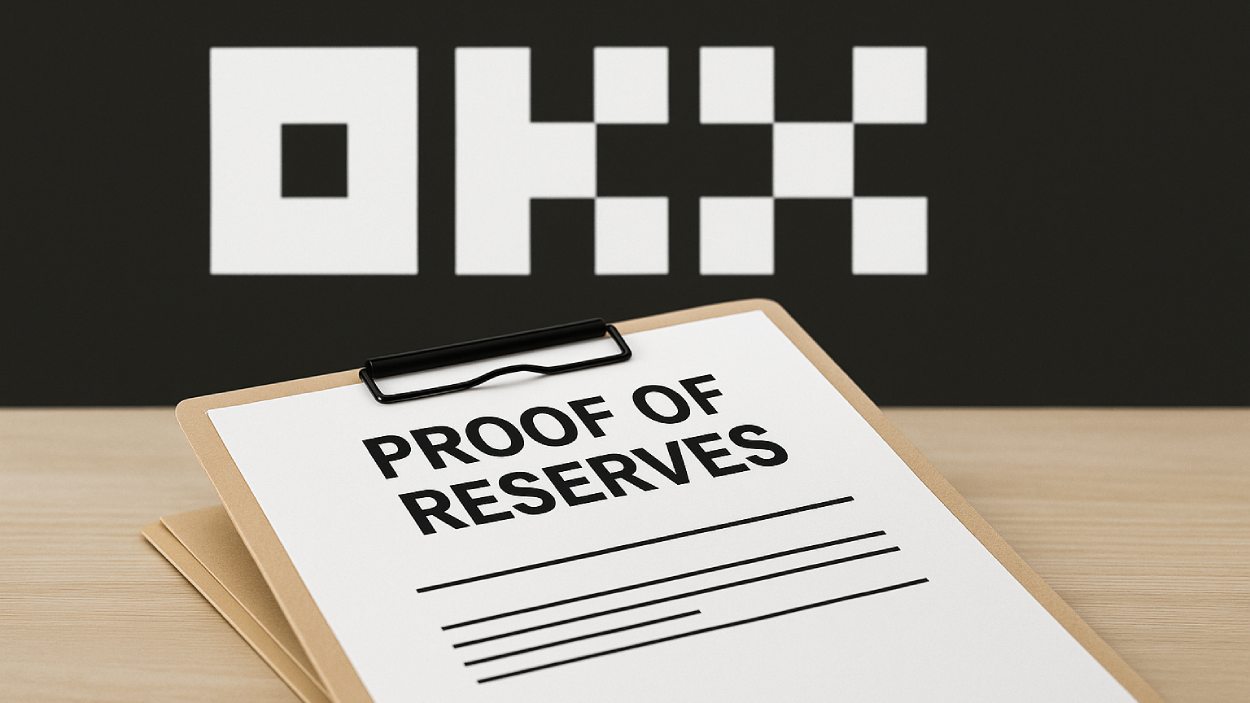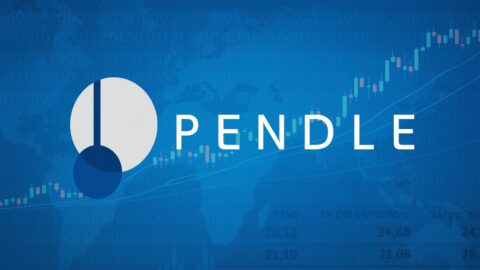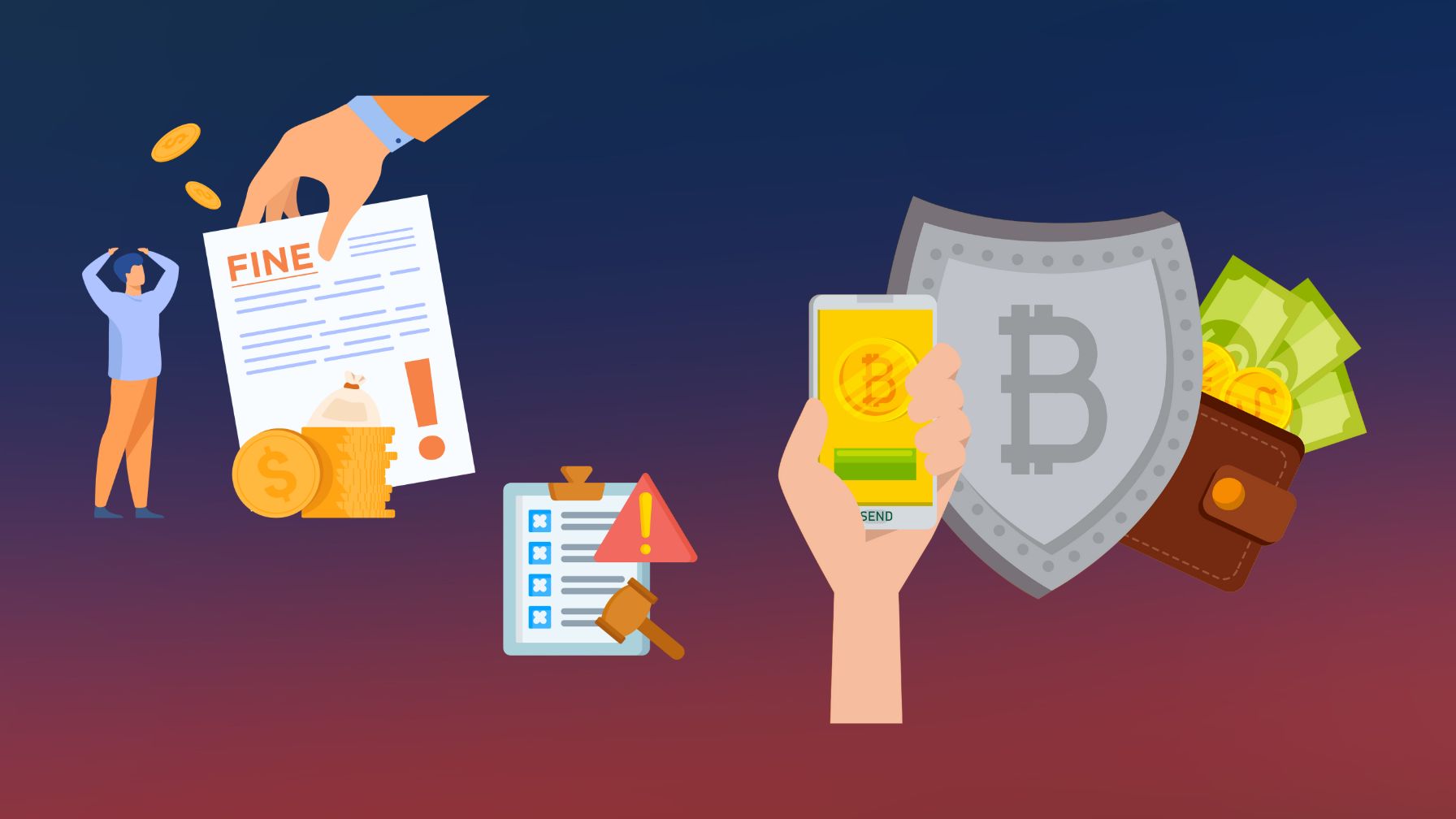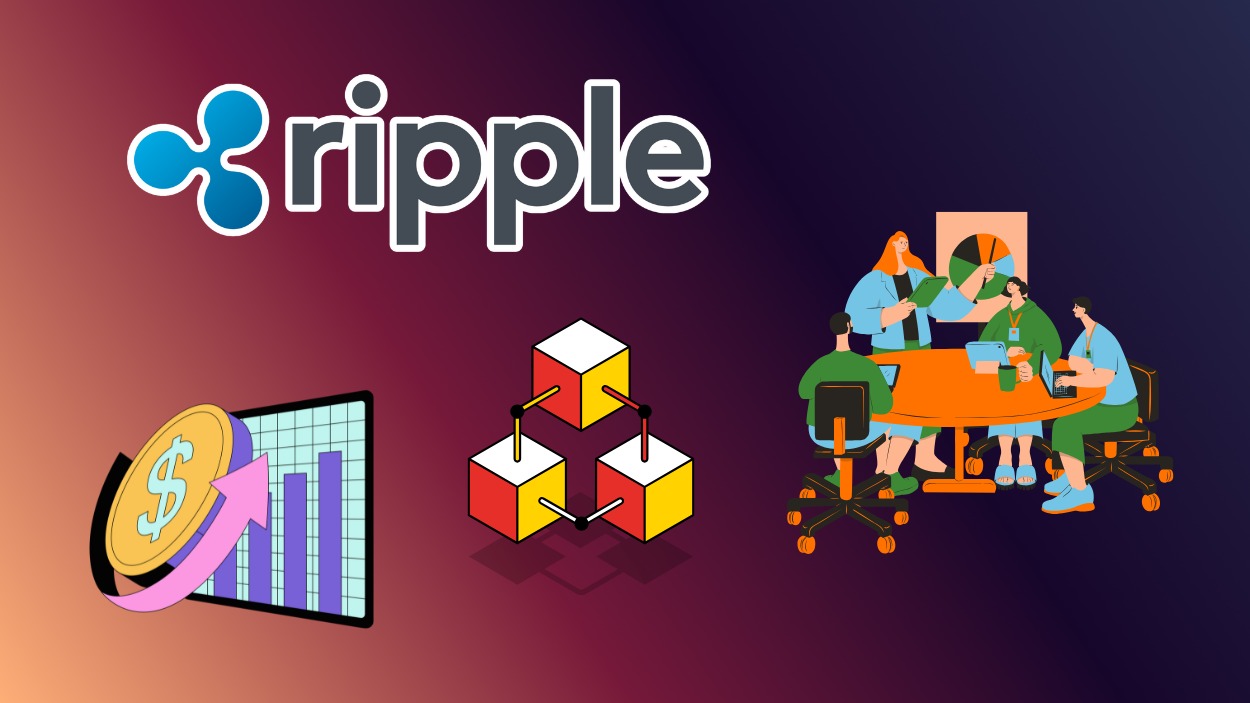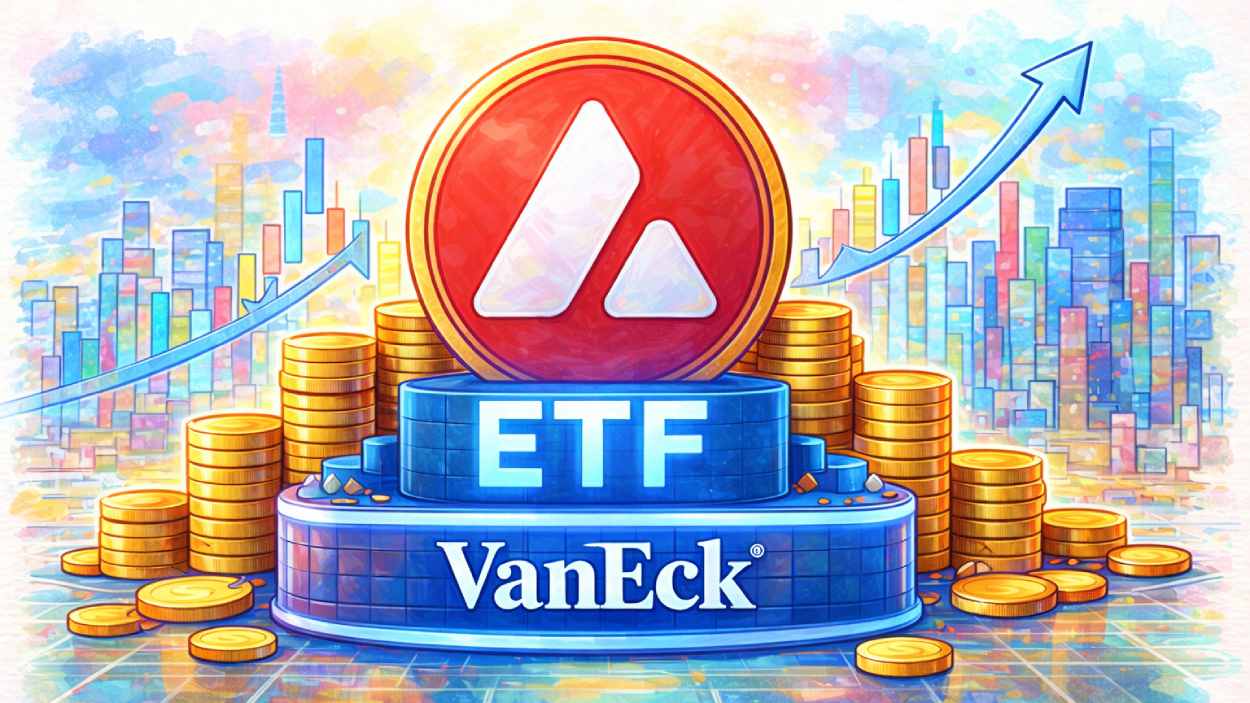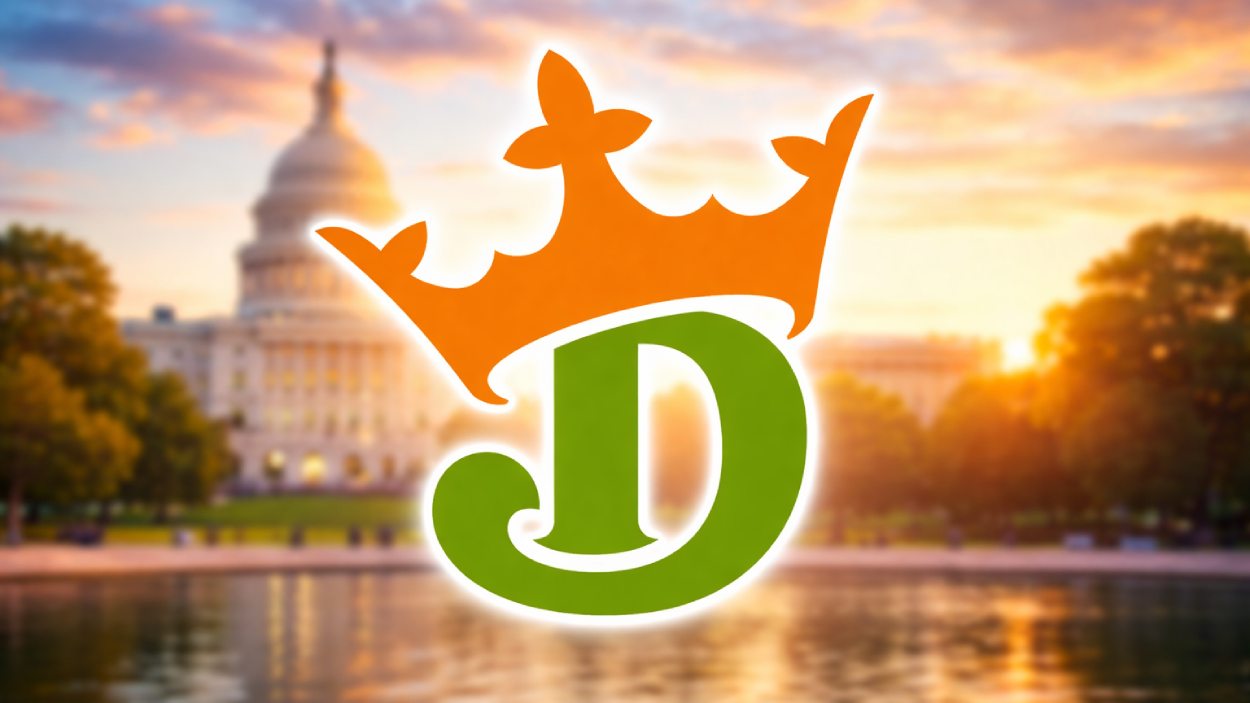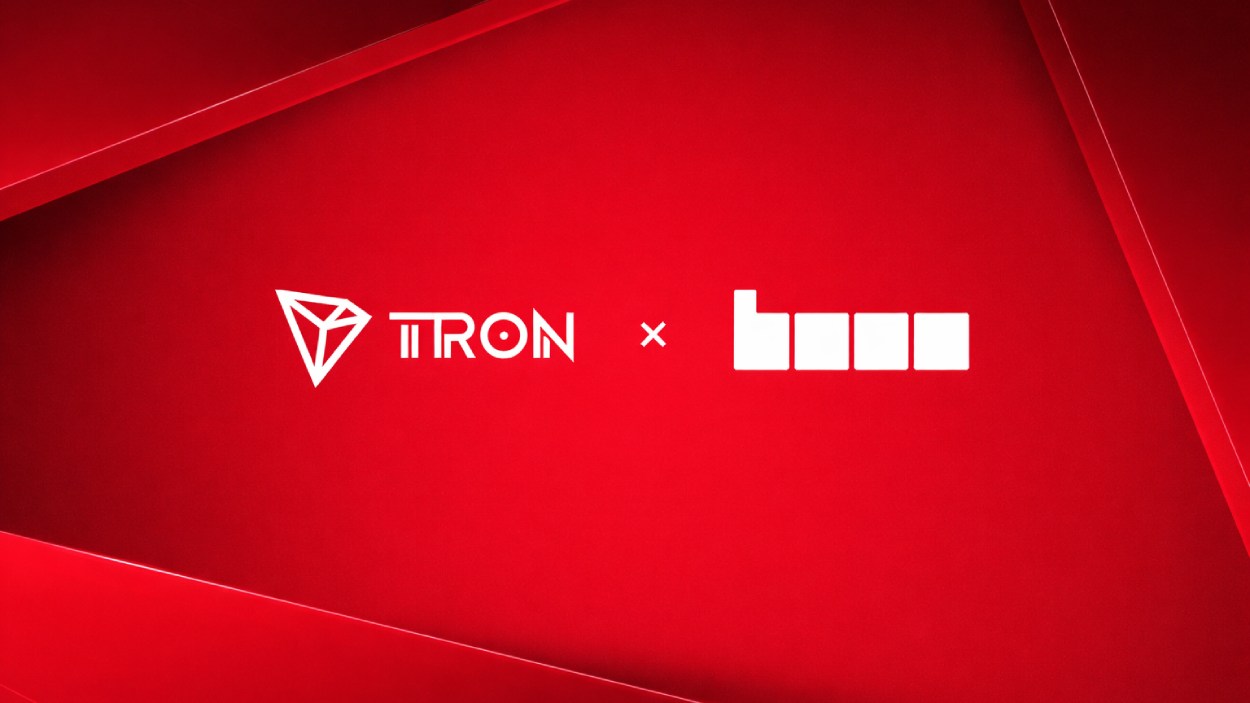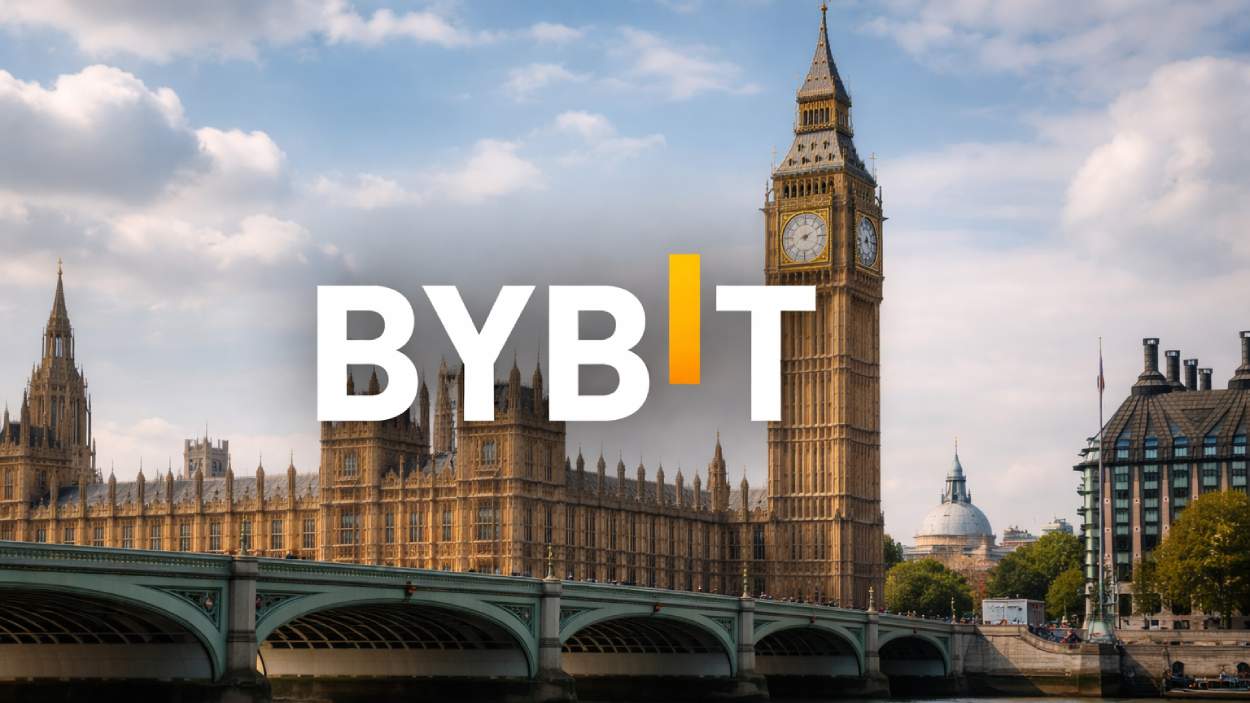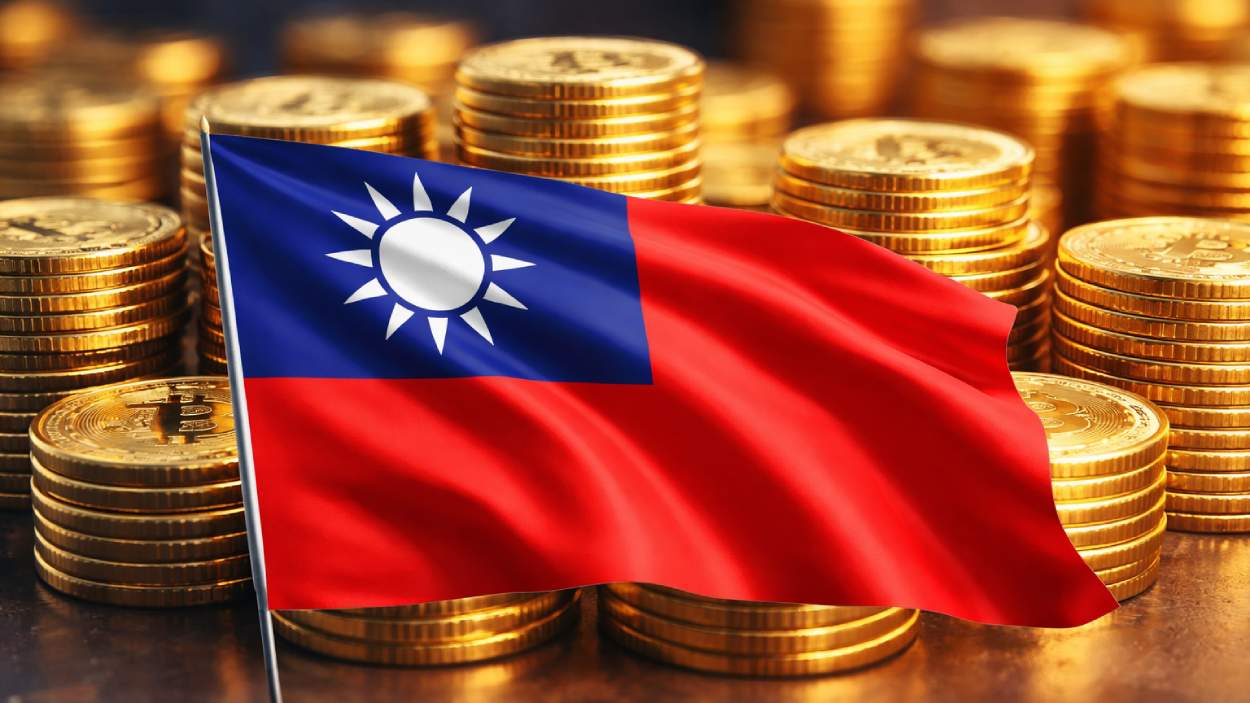OKX has published its 35th Proof of Reserves report, showing full backing of user assets and a 105% reserve ratio for Bitcoin, reinforcing its commitment to transparency.
Key Takeaways
- OKX’s total reserve assets stand at $37.7 billion, covering Bitcoin, Ethereum, stablecoins, and altcoins at or above 100%.
- Bitcoin user holdings rose by 3.67% in September, with OKX maintaining a 105% BTC reserve ratio.
- Ethereum and stablecoin holdings saw slight declines, but all remain fully backed or overcollateralized.
- OKX introduced OKX Pay, a self-custodial stablecoin payment service, signaling a push beyond trading into digital finance infrastructure.
What Happened?
OKX released its 35th monthly Proof of Reserves on September 2, providing a detailed snapshot of user asset backing. With over $37.7 billion in reserves, the crypto exchange has demonstrated that it holds more than enough assets to cover all user deposits, including an impressive 105% reserve ratio for Bitcoin.
OKX has released its 35th Proof of Reserves (snapshot date: September 2). User BTC holdings stand at approximately 125K, up 3.67% from the previous report (August 18), with an increase of 4,432 BTC. ETH holdings are around 1.704 million, down 2.01%, a decrease of 35,011 ETH. USDT… pic.twitter.com/mt8GPrJ6Ny
— Wu Blockchain (@WuBlockchain) October 1, 2025
OKX Proves It Holds More Than Users Deposit
The newly released figures show that OKX continues to maintain a conservative and transparent approach to asset management:
- Bitcoin holdings increased to 125,083 BTC, up by 4,432 BTC from the last report.
- These assets are split between 119,372 BTC on the exchange and 12,458 BTC in third-party custody.
- OKX currently holds 131,830 BTC, providing a 105% buffer over customer deposits.
While Bitcoin surged, Ethereum and Tether saw modest declines:
- ETH reserves dropped by 35,011, a 2.01% decrease, totaling 1.704 million ETH.
- OKX maintains a 103% reserve ratio for ETH, holding 1.751 million ETH in total.
- USDT holdings fell by 2.56%, now at 9.4 billion, with a 105% reserve ratio (9.9 billion in total wallet assets).
- USDC reserves declined by 1.17% to $1.14 billion, maintaining 100% coverage.
Broader Market Context and Regulatory Impacts
The rise in Bitcoin holdings could reflect its status as a perceived safe haven during uncertain market conditions. As noted by analysts, BTC’s gain comes amid regulatory pressure on other assets, particularly stablecoins.
- USDT’s removal from several European exchanges due to MiCA-related compliance issues might be driving users to reposition into Bitcoin or other regulated stablecoins like USDC.
- Ethereum’s decline might also tie into broader market trends or shifting investor sentiment.
These changes have implications for European crypto-friendly SMEs, many of which rely on stablecoins for fast, cross-border payments. As regulatory frameworks tighten, businesses may need to pivot toward more compliant digital assets to maintain smooth operations.
Overcollateralization Continues Across Altcoins
OKX is not just securing Bitcoin. The exchange also maintains strong coverage ratios across many altcoins:
- Bitcoin Cash (BCH): 118%.
- XRP: 108%.
- Ethereum Classic (ETC): 107%.
- Dogecoin: 101%.
- Solana: 102%.
Most smaller cap tokens also maintain reserve ratios between 100% and 105%, reinforcing the platform’s emphasis on risk management and user protection.
Transparency and Security Measures
OKX continues to leverage advanced cryptographic tools like zk-STARK zero-knowledge proofs and Merkle trees in its monthly disclosures. This allows users to verify holdings without compromising their privacy. Custody distribution is also strategic:
- Over 90% of Bitcoin and 94% of Ethereum reserves are held directly by OKX.
- The remainder is in third-party custody to enhance security and diversification.
- Nearly all APT, BCH, and LINK tokens are held in-house by OKX.
OKX Pay: A Bold Expansion Into Payments
In a move that goes beyond asset reporting, OKX CEO Star Xu unveiled OKX Pay at the TOKEN2049 conference. This new self-custodial, stablecoin-based payment system is:
- Live in Singapore, with plans to expand into Brazil, Europe, and the US.
- Built on OKX’s Ethereum Layer-2 network (X Layer).
- Offers 4% APY and 3–4% cashback on payments made via QR code.
Xu envisions a world where users can travel globally using only stablecoins, bypassing traditional banking systems and enjoying higher yields than banks offer.
CoinLaw’s Takeaway
In my experience watching the crypto space mature, this kind of transparency from exchanges is rare but incredibly important. OKX isn’t just proving they hold user funds; they’re going beyond, keeping extra reserves for multiple assets and launching new products like OKX Pay to widen their ecosystem. The consistent monthly audits using cryptographic proofs are a gold standard more exchanges should adopt. And with regulators tightening the noose, especially in Europe, having that buffer and transparency could be what keeps OKX ahead of the curve.
Hover or focus to see the definition of the term.

